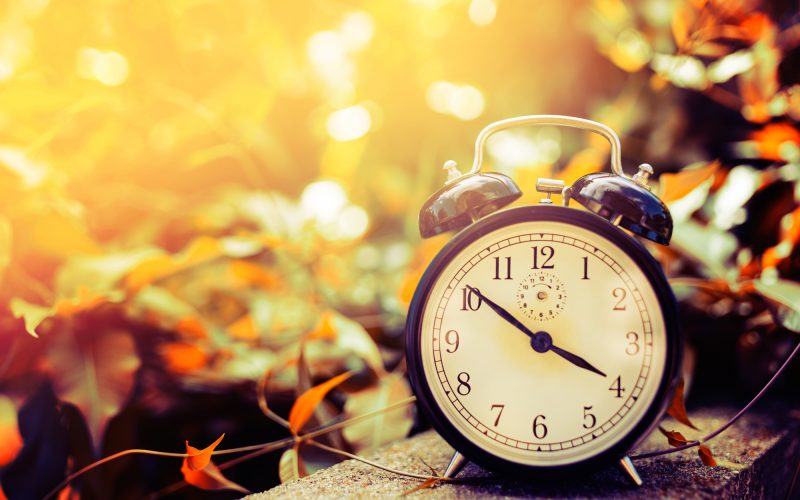We all know to “spring forward, fall back.” But, why?
Who started this complicated time-changing system anyway? And what’s the point?
If you’ve ever wondered about this kooky phenomenon, allow us to shed an extra hour of daylight on the subject. Here is a list of fun facts about Daylight Savings Time you probably never knew. Check it out!
A Brief History of Daylight Savings Time
Daylight Savings Time has been in effect for 101 years but was invented over one hundred years earlier. In 1784, Benjamin Franklin proposed the idea of Daylight Savings Time to conserve candles. By having everyone spend more of their workday in the sunlight, fewer candles would be needed for light.
However, America was not the first country to use Daylight Savings Time. Germany used it first in an attempt to conserve fuel during World War I. England and America started it shortly after.
Until 1966, each state in America could choose their own policy about the time change. They each had their own start and end dates, which caused confusion and chaos. Congress established the Uniform Time Act in 1966 so all states would have the same start and end dates for Daylight Savings Time.
Daylight Savings Time Exceptions
In the U.S., Hawaii and most areas of Arizona do not use Daylight Savings Time.
Outside the U.S., 70 countries use Daylight Savings Time, though China and Japan do not. Also, daylight doesn’t change much throughout the year near the equator, so most equatorial countries do not observe Daylight Savings Time.
There is No Proof That Daylight Savings Time Saves Energy
The idea of Daylight Savings Time makes sense in theory. But attempts to study the energy-saving power of Daylight Savings Time has produced mixed results.
While one study says Daylight Savings Time slightly reduces energy use, other reports say it wastes more energy due to increased use of air conditioning.
Farmers Don’t Like Daylight Savings Time
When Daylight Savings Time was first implemented in America, Farmers lobbied against it. For one day every year, Daylight Savings Time gives them less time to do the ridiculous amount of work farmers have to do in a day.
Daylight Savings Time Lowers Crime
Logically, criminals are less likely to perpetrate a crime during daylight hours. But now we have actual, scientific evidence that shows crime is reduced by Daylight Savings Time. According to a study by the Brookings Institute, robbery rates decrease by 7% at the start of Daylight Savings Time and 27% during the extra hour of evening daylight!
Daylight Savings Time is Bad for Your Health
According to health professionals, Daylight Savings Time comes with a slew of health problems. Daylight Savings Time interrupts the human body’s sensitive, internal clock, which is jarring to the system.
It is reported that Daylight Savings Time causes an increase in exhaustion, cluster headaches, depression, strokes, heart attacks and miscarriages! This and other reasons have caused some to campaign to end Daylight Saving Time.
Facts About Daylight Savings Time: Tell Your Friends!
Use these facts about Daylight Savings Time to impress your friends this November 4, 2018 (end of Daylight Savings Time). That is if you’re not too tired from losing an hour of sleep.
For more fun facts, check out the Top 5 Surprising Facts About Dubai and 7 Interesting Facts About Alcohol.
